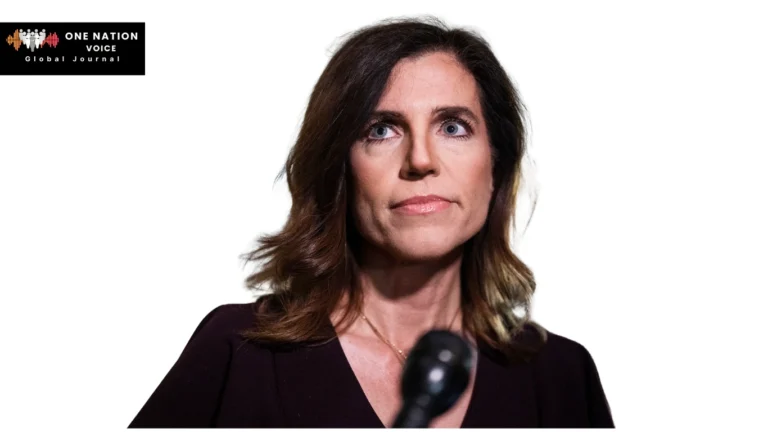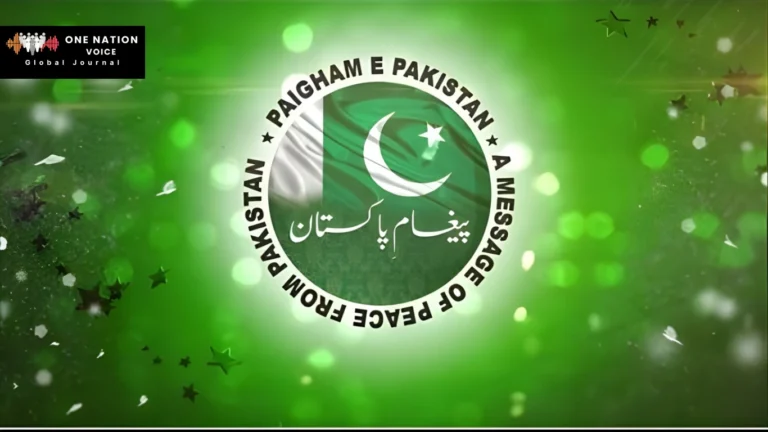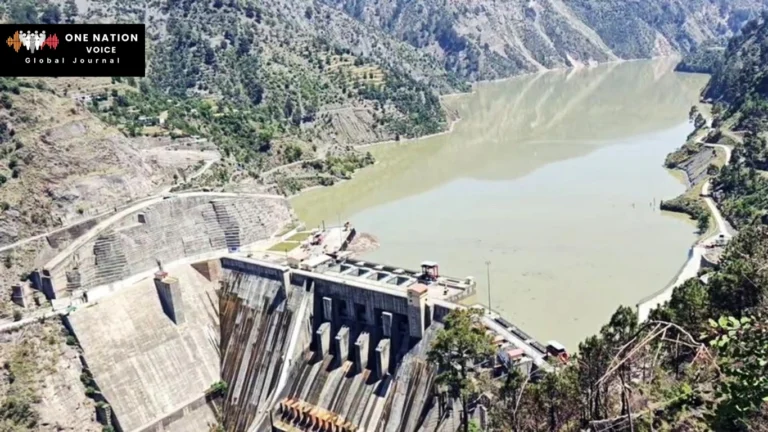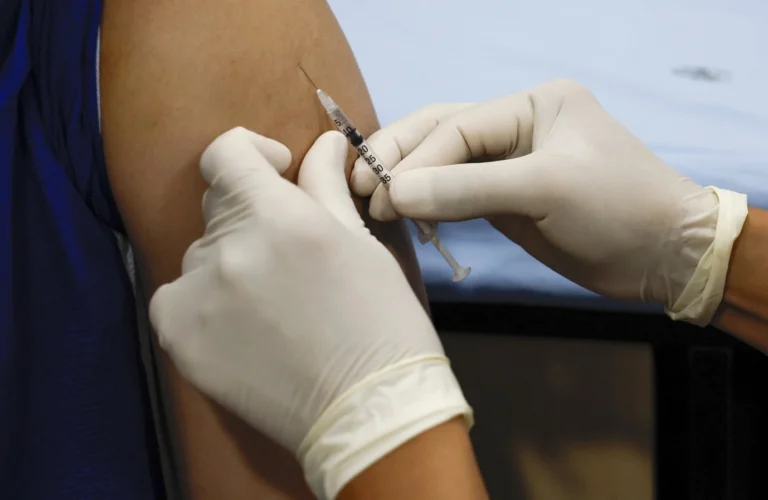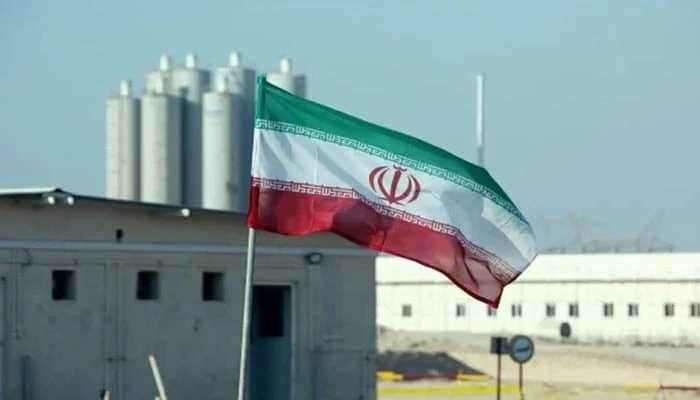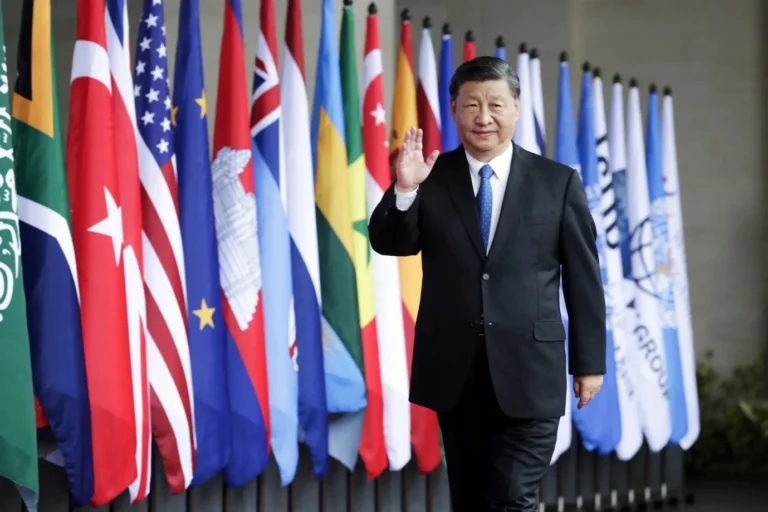Caste Violence and Justice for Dalit lives

Caste Violence and Justice for Dalit Lives
By refusing to name the crime, India becomes its accomplice
On 3 September 2025, India’s caste reality once again turned deadly. Kishore Chamar, a 35 year old Dalit man, was lynched in Kundeijuri village, Odisha, by a Hindu mob over allegations of cow slaughter. Chamar, along with his associate Goutam Nayak, both traditional cattle skinners, was found chopping meat from a cow that had already died. Their work was legal, necessary, and centuries old yet to the mob it was heresy. Despite his explanation, the attackers branded him guilty, dragged him through the dust, and beat him to death on the spot. Nayak barely survived. This was not “cow vigilantism” but a choreographed execution scripted by the Hindu caste order.
Brutal Reality of Caste Violence
Political and social voices underlined this truth. Senior Congress leader Niranjan Patnaik condemned the crime, accusing the BJP government of “handing the country to lynch mobs while Dalits are left to die.” Dalit writer Lokesh Bag went further, calling the killing by its real name: caste violence, not a cow dispute. Their words echo a warning: from lynching to everyday humiliation, silence is complicity. Yet the national television studios, so quick to brand every urban murder as “breaking news,” scrolled past Kishore’s death in polite paragraphs.
When media, ministers, and middle class drawing rooms collectively mute the word Dalit, they safeguard the machinery that produces such deaths.
The killing of Kishore Chamar is not an isolated outrage, it belongs to a grim pattern. India’s 200 million Dalits 16–17 % of the population continue to live under a calibrated spectrum of terror: from segregated teacups to sexual slavery, from cartel denied wages to public lynching. According to the National Crime Records Bureau 2023, more than 57,000 crimes against Dalits were registered in 2022 an average of 156 every single day. Experts insist the actual figure is at least double, since police routinely refuse to file FIRs under the Scheduled Castes & Scheduled Tribes (Prevention of Atrocities) Act. Between April and June 2025 alone, the civil rights group Citizens for Justice & Peace documented 30 major atrocities across nine states, including the gang rape of a fifteen year old in Bihar, the burning of an entire Dalit hamlet in Madhya Pradesh, and systematic social boycotts in Karnataka that denied villagers even access to salt.
These are not mere numbers, they are proof that Dalit rights are human rights, and India is failing to uphold them with premeditated deliberateness.
Each act of mob justice corrodes the Constitution article by article. When Prime Ministers lay flowers at Ambedkar statues but stay mum on lynching, they telegraph that equality exists only on marble plaques. The BJP’s IT cell rushes to monetize every Muslim victim as “anti national,” yet it labels every Dalit victim “isolated incident” or “local dispute.” The opposition is scarcely better, Congress governments in Rajasthan and Chhattisgarh have seen atrocity rates soar, while regional satraps like Naveen Patnaik reduce Dalit protection to a line item that vanishes in budget revisions. Courts compound the impunity: in 2022, trial courts convicted under 28 % of atrocity cases, and high courts routinely grant bail to accused within weeks, citing “factual disputes.” The message from state, temple, and thali serving media is identical, caste will police itself, and the law must not interrupt.
India cannot claim the mantle of the world’s largest democracy while mobs enforce birth based hierarchy with sticks, stones, smartphones, and state cover. Every lynching is a referendum on the republic, and the majority votes with its silence.
When WhatsApp university circulates videos of Dalit men being flogged as “cow protectors,” it monetizes humiliation into political capital. When Gau Rakshak dals stop cattle trucks but never upper caste beef restaurants, they reveal that the cow is only a pretext; the target is the Dalit body that must be kept disposable. Terror is not collateral; it is the point. A community that can be murdered for skinning a dead animal is a community permanently available for exploitation, bonded labor, and sexual assault. Caste terror is the cheapest subsidy for an economy that still wants its sewers cleaned by hand.
What, then, is to be done? First, name crime without euphemism. Drop the phrase “cow related violence” from every headline and replace it with “caste lynching.” Language shapes impunity: reclaiming accuracy is the first step toward accountability. Second, prosecute the ideology, not only the foot soldiers. The Odisha police must charge not just the 14 men caught on camera but also the local BJP MLA who allegedly instigated the gathering and the WhatsApp admin who circulated the cow slaughter rumor. Third, make impunity expensive. The Centre should create a dedicated Atrocity Compensation Fund, financed by surcharges on upper caste controlled industries that profit from caste landlord trusts, mining corporations, and dairy cooperatives paying a minimum of 25 lakh to every survivor within thirty days, followed by lifelong pensions. Fourth, democratize the police. Introduce 50 % reservation for Dalits, Adivasis, and OBCs in all police recruitments for the next decade, with postings in home districts to break the thug collusion between upper caste officers and local strongmen. Finally, pass the long pending anti lynching law that criminalizes conspiracy, dereliction of duty by police, and hate speech, with a presumption of guilt for the mob and mandatory life sentences.
Kishore Chamar’s eight year old daughter watched her father being beaten for half an hour before the villagers locked her inside a shed. When she came out, the only thing left was a blood soaked slipper and the smell of ghee from the lamps lit to “purify” the ground where a Dalit had bled. If India can live with that image, it can live with anything except its own conscience. The lynching must not fade into statistics.
Disclaimer: The views and opinions expressed in this article are exclusively those of the author and do not reflect the official stance, policies, or perspectives of the Platform.

